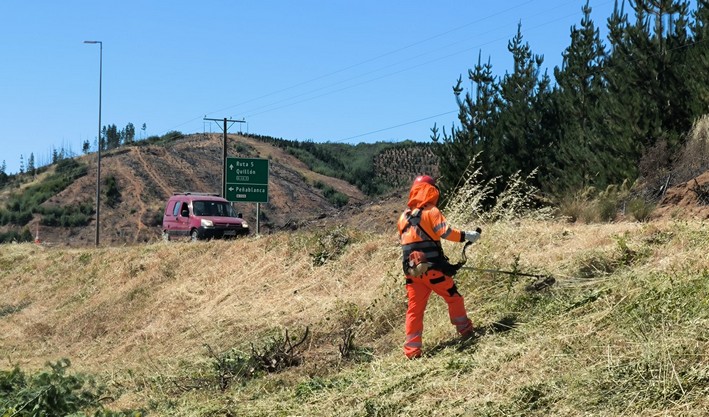Forestry boost positions Ñuble among regions with highest export growth in the country
Ñuble is making a difference on the national silvoagricultural export map. During the first half of 2025, the region recorded shipments worth $637.7 million, representing a 12.3% growth compared to the same period the previous year, far exceeding the national average, which fell by 2.0%, according to data from the Office of Agricultural Studies and Policies (Odepa) and the National Customs Directorate.
With this performance, Ñuble ranked sixth nationally, accounting for 5.8% of the country's silvoagricultural exports. The key to this progress lies in the dynamism of the forestry sector, which, along with agriculture, managed to offset declines in traditional products like pulp and seeds.
Processed and sawn wood drive the figures
The forestry sector contributed most of the regional growth, with exports totaling $372.6 million in the first half of the year, a 13.4% year-on-year increase. The push came especially from higher-value-added products, such as processed wood, which reached $101.4 million (+90.1%), and sawn wood, which doubled in value, totaling $65.5 million (+107.0%).
However, not all was positive. Pulp, which remains the main forestry product exported from the region, experienced a 15.4% contraction, closing the semester at $204 million. The decline is due to a combination of lower local production and an adverse international market, affected by falling prices, oversupply, and reduced demand from Asia.
Frozen fruits: the new agricultural engine
Meanwhile, the agricultural sector also had a positive semester, with exports worth $264.6 million, an 11.0% increase compared to 2024. Processed fruit shipments stood out, especially frozen fruits, which totaled $99.9 million (+38.7%), driven by increased production of blueberries, cherries, raspberries, and strawberries.
For the first time, frozen fruits surpassed fresh fruit in value ($89.9 million, +14.0%), which showed mixed results, particularly in cherries, affected by a weak season.
Processed vegetables, mostly frozen like asparagus, also delivered a positive surprise: $15.2 million exported, a 52.3% increase.
In contrast, seed exports for planting plummeted to $17.3 million, a 49.3% drop, due to lower demand in the Northern Hemisphere. There was also a slight decrease in inulin shipments ($28.6 million, -3%), while sugar grew by 16%, totaling $10.8 million.
Destinations: U.S. and China dominate the market
The main markets for Ñuble's silvoagricultural products during this period were the United States (32%) and China (31%), followed by Mexico, South Korea, and Japan, each with 4%. The remaining 26% was distributed among other international destinations.

















